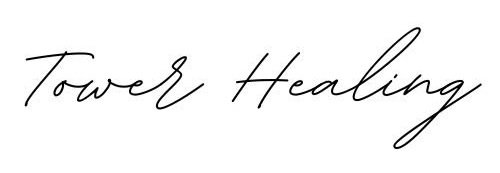The Optimal Morning Routine by Andrew Huberman
According to Andrew Huberman, these are the building blocks to a summer state of mind/body, ideally done in the morning:
Dopamine Boosts
Temperature Increase
Natural Light Exposure
Exercise
These elements regulate your energy, mood, and focus. On the flip side, staying indoors, scrolling on your phone, delaying exercise until the afternoon, and avoiding sunlight creates a “winter” in your body, no matter the season.
The Foundation: Sleep and Rest
Good sleep is the bedrock of all these efforts. Here’s why:
Sleep Consistency: Aim for quality sleep at least 80% of the time to support metabolism, immunity, and mental clarity.
Non-Sleep Deep Rest (NSDR): Incorporate rest practices like meditation or yoga nidra to recharge your body and mind.
Circadian Rhythm: Every cell in your body follows a 24-hour clock. Disrupting this rhythm can throw your metabolism, hormones, and energy out of sync.
Light: The Natural Mood Setter
Getting natural light in your eyes within 1 hour of waking up is a game-changer:
Spend 5-10 minutes outside (without sunglasses) to expose your eyes to sunlight.
This triggers a cortisol pulse that boosts alertness, focus, and mood early in the day.
Sunlight exposure sets the onset of melatonin production, helping you wind down 16 hours later.
Bonus:
Dopamine Boost: Sunlight stimulates dopamine, the neurotransmitter that drives motivation and pursuit.
Hormonal Health: Sunlight exposure for 20-30 minutes, 3 times a week (on as much skin as possible) can significantly increase testosterone, estrogen, and passion. In winter, double or triple the exposure time.
Caffeine Timing: Avoid the Crash
Love your morning coffee? Delaying it 60-90 minutes after waking can prevent an afternoon crash.
Why: Adenosine, the chemical that makes you feel sleepy, builds up while you’re awake. Sleeping clears it out.
If you drink caffeine too soon, it blocks adenosine temporarily but leaves you with a lingering buildup that causes the dreaded midday slump.
Pro Tip: Push back your first cup of coffee by 15 minutes each day until you hit the 60-90 minute mark.
Temperature: Your Body’s Daily Clock
Your body’s temperature follows a natural rhythm:
Morning Rise: It begins to rise as you wake, triggered by your cortisol pulse.
Afternoon Peak: Your temperature peaks around 3 p.m., then gradually drops, preparing you for sleep.
Cool Nights: Keep your bedroom cool to help your body temperature drop and signal that it’s time to sleep.
Cold Water: A Surprising Energy Boost
Cold water exposure is one of the fastest ways to wake up your body and mind:
How It Works: Cold showers or ice baths cool your skin, but paradoxically, they increase your core temperature, energizing you.
Adrenaline and Dopamine Release:
The initial shock triggers adrenaline, waking up your brain.
Post-cold exposure, dopamine and epinephrine levels double or more, leading to a sustained mood boost.
Dosage:
Cold shower: 60°F for 1-3 minutes.
Ice bath: 40°F for 20 seconds.
Tip: The pleasure you feel afterward is directly proportional to the initial discomfort—embrace the challenge!
Exercise: Your Daily Mood Lift
Exercise is a powerful way to regulate temperature, clear adenosine, and boost dopamine:
Morning Movement: Aim for light to moderate exercise early in the day for maximum benefits.
Dopamine Boost: Even a brisk walk can trigger dopamine and set a positive tone for the day.
Bringing It All Together
By intentionally structuring your mornings, you can transform your mood, energy, and focus.
Prioritize good sleep and sunlight exposure.
Delay caffeine to avoid the afternoon slump.
Incorporate movement and, if you’re up for it, cold water exposure to energize your day.
With these tools, you can beat the winter blues and create a summer inside your body, no matter the season! 🌞
You can watch the video HERE on Youtube.



